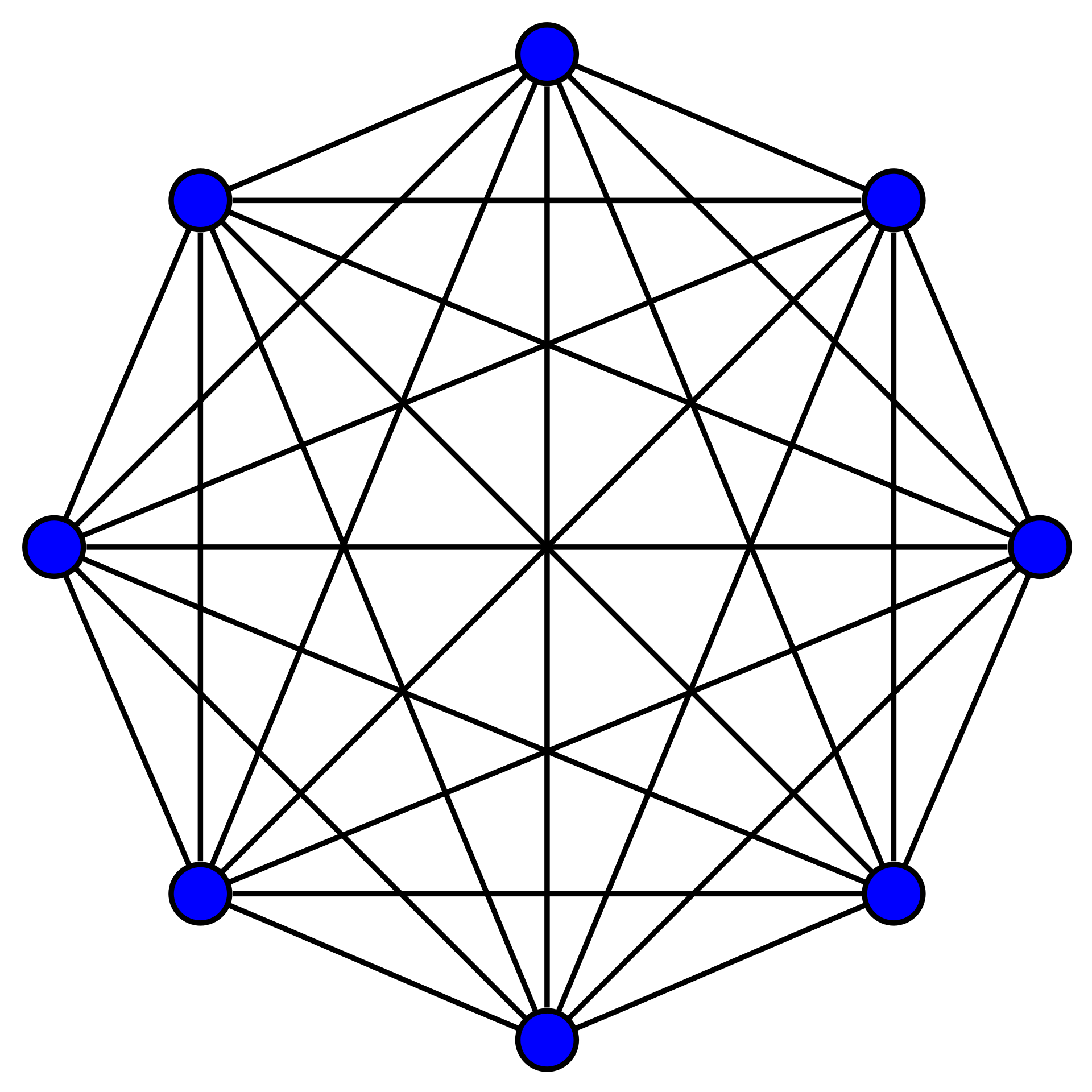
Photo - Joshua Sortino - Unsplash
What is this project
A new system for distributing data over quantum communication channels between several participants was presented by an international group of engineers from the laboratories of the University of Bristol, the Institute of Quantum Optics and Information in Vienna, the Ruger Boscovic Institute in Zagreb, the PLA Defense Science and Technology University and the University of Leeds.
The implementation of a quantum network demonstrated by scientists is different from the one we discussed earlier . The developers of this project showed their own solution to a number of problems - from the efficiency of scaling to strengthening the security of classical quantum networks.
What the implementation looks like
«» , . (. 3) (. 4).
Image - Koko90 - ( CC BY-SA )
 Key distributions were performed for all twenty-eight pairs of users with the option to select four of them as priority. Plus, they used the method of two-particle quantum entanglement between the frequency modes of the signal. Moving away frommultiparticle entanglementtowards a simpler solution and a new approach to network topology made it possible to use a minimum of equipment (detectors, etc.) to maintain it.
Key distributions were performed for all twenty-eight pairs of users with the option to select four of them as priority. Plus, they used the method of two-particle quantum entanglement between the frequency modes of the signal. Moving away frommultiparticle entanglementtowards a simpler solution and a new approach to network topology made it possible to use a minimum of equipment (detectors, etc.) to maintain it.
Trusted nodes are also excluded in this project. This is the second key difference from theprojectpresented earlier by a group of physicists from South Africa. The first tests were conducted with eight participants, the developers of the projectcalled a record for systems of this type, which are a new alternative to classical point-to-point quantum networks.
Development prospects
The system designers say that their approach is suitable for a wide range of use cases and allows for efficient key distribution for geographically dispersed network participants. This is another step towards the deployment of large-scale quantum networks and the quantum Internet. It is another matter that in order to implement such plans, it is necessary to significantly advance not only research in this area. As rightly noticed Russian colleagues for the development of areas will require significant effort and certification of equipment.

Photo - Josh Adams - Unsplash
Although the scientists who conducted the experiment in Bristol put forward a number of possible improvements for large-scale implementations with topology in the form of a complete graph - for example, they suggest using additional detectors on a number of nodes (several on one), it is known that even experimental quantum networks are “enough capricious, low-speed and expensive. "
Therefore, attenuated laser radiation is often used today. Who is working on the implementation of commercial developments in this area, we will tell in one of the following materials.
1cloud.ru:
: